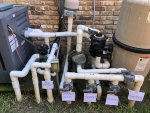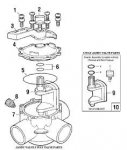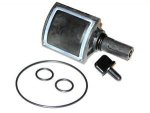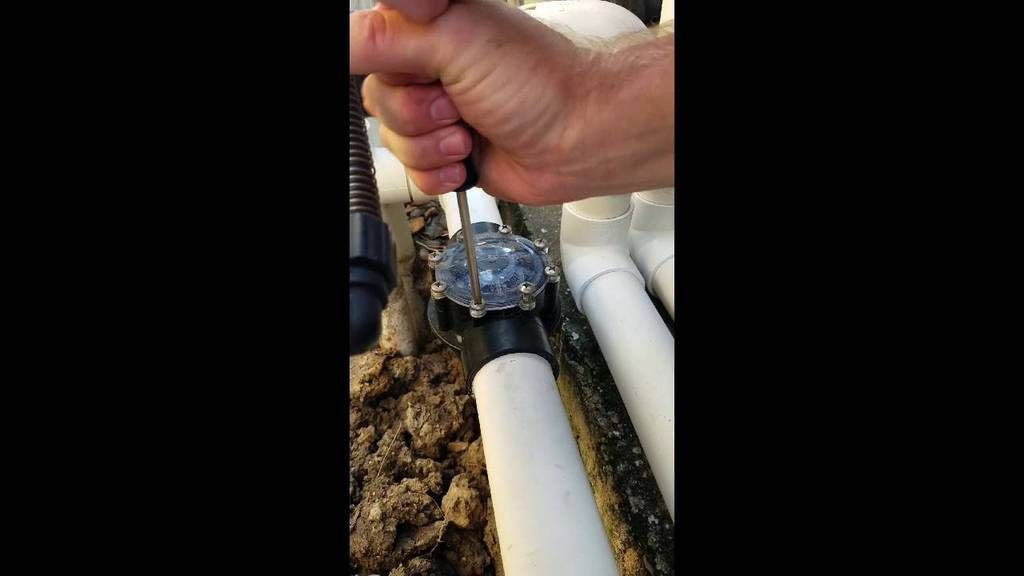Hello,
New pool owner here and would appreciate your insight into this. We have a raised spa which attaches to the pool. The water level in our spa sinks to the level of the pool when the pump isn't running. Based on what I've read, we should have a check valve installed on the Spa Return line. Would also installing a check valve on the Spa Suction side help with anything? Please see picture! Thank you....

New pool owner here and would appreciate your insight into this. We have a raised spa which attaches to the pool. The water level in our spa sinks to the level of the pool when the pump isn't running. Based on what I've read, we should have a check valve installed on the Spa Return line. Would also installing a check valve on the Spa Suction side help with anything? Please see picture! Thank you....



 Welcome to TFP!!!
Welcome to TFP!!!






